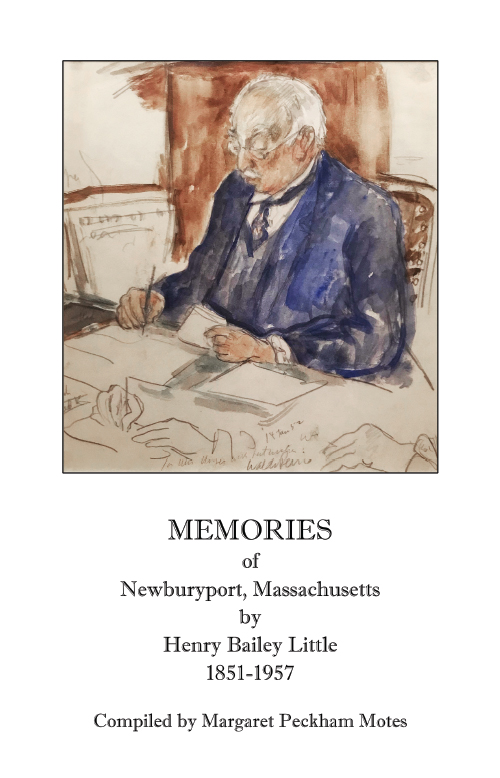Nine and a half years from now, the 1960 US Census will be released to the public, as the US National Archives kindly pointed out on social media just the other day.
Of course I had to preview the questionnaire (see list of questions here).
And again, I see that some of the same outdated assumptions from the 1950 US Census were carried over to the 1960 US Census.
Only men in the military?
As shown at top, the 1960 Census questionnaire asks specifically about military service.
But only men were asked. Just as in the 1950 US Census questionnaire.
Despite the fact that in the Korean War alone, more than 50,000 women served in military roles.
Despite the fact that in World War II, more than 275,000 women served as WACs, WAVES, and WASPS.
Thousands of women served in military roles during World War I.
But no women were asked about their military service on the 1950 or 1960 Census form. Sigh.
Never married? Not asked about babies!
In the 1950 Census, only women who reported they were married, widowed, divorced, or separated were asked about how many children they had ever had.
As shown above, the 1960 Census had a question about the number of babies a woman had ever had.
But women who reported they were never married would not be asked this question.
Great genealogical clues
Still, the 1960 US Census will have lots and lots of great genealogical clues. For one thing, more people were asked sample questions in this Census than in the 1950 Census, so there's a better chance one of our ancestors answered in some detail.
As shown in the image above, answers to the question about when the person was married (and, if married more than once, when married for first time) will narrow the window for researching marriage certificates.
As shown at left, we'll get wonderful clues from the question about where each person was born (note that enumerators were told to "use international boundaries as now recognized by the US).Also an interesting question about what language was spoken in an immigrant's home before arriving in the US.
Really glad to see questions about country of birth for each parent.
And a question about the specific period when a person moved into the house or apartment where he or she is being enumerated.
Lots of clues to follow up on April 1, 2032, when this next Census is released.
Only 3,465 days to go!






















